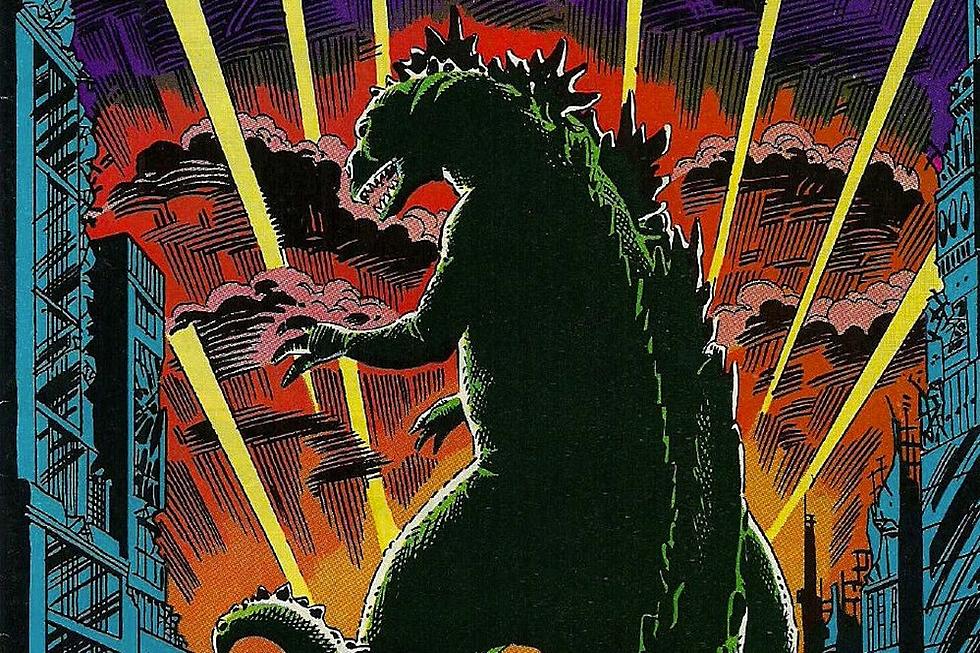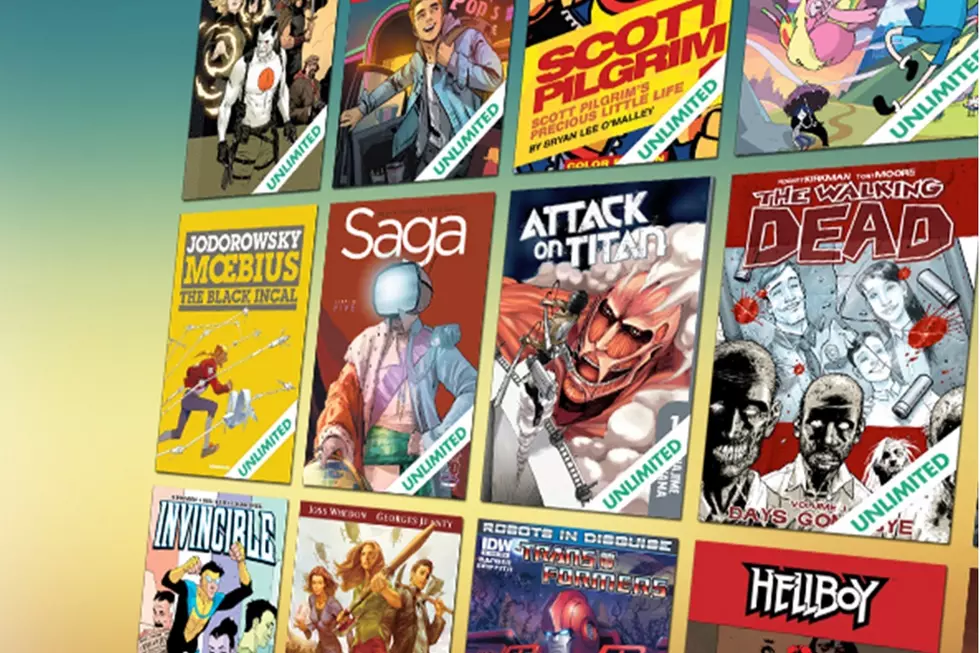
Remembering Herb Trimpe, Legendary Artist on ‘Hulk’, ‘G.I. Joe’ and ‘Godzilla’
Herb Trimpe, the prolific and talented penciller perhaps best known for his work on Hulk and G.I. Joe, and for being the first artist to draw Wolverine, has passed at the age of 75. With a career that spanned seven decades, he built a reputation as one of the medium's most dependable and distinctive creative voices.
As I noted in our retrospective tribute on the occasion of his 75th birthday last year, Trimpe loved comics practically from the moment he could read, and got his start in the industry in the early 1960s, assisting with inks for various Dell books while attending the School of Visual Arts in New York.
After a four-year stint in the Air Force, Trimpe was hired as a production assistant for Marvel in 1966, and quickly became one of the publisher's most valuable utility players, working on Kid Colt, Outlaw and various Western titles, co-creating high-flying WWI hero The Phantom Eagle in Marvel Super Heroes #16, and pencilling the finale of the first Nick Fury solo series.
But it was his work on The Hulk that truly made Trimpe's name in the industry. After inking a few short Hulk stories in Tales To Astonish, he rejoined the book once it was renamed for its jolly green cover star in 1968, taking over pencils from Marie Severin with issue #106, and continuing as the regular artist for the next 85 issues. During his run, he was responsible for co-creating many new characters and inventing many enduring elements of the Hulk's mythos, including Doc Samson, Jim Wilson, The Glob, Jarella, the Hulkbuster squad, and the ridiculously awesome Umbu the Unliving.
And though he didn't have a hand in the actual creation of Wolverine (who was cooked up by Marvel EIC Roy Thomas and art director John Romita, and developed by writer Len Wein), his art for the character's debut in The Incredible Hulk 180-181 established the diminutive Canadian as a force to be reckoned with.
During his Hulk tenure, Trimpe also handled numerous other duties related to the character, designing the classic "brickwork" Hulk logo that featured on the the title's cover from 1968-1970 (and has been revived and referenced a number of times since), and contributing art for Rolling Stone's famous 1971 cover story on the Marvel phenomenon.
Through the '70s and '80s, he remained one of Marvel's hardest workers and heaviest hitters, taking on Iron Man and The Defenders, co-creating Captain Britain for Marvel's UK arm, drawing a memorable quartet of Super-Villain Team-Up issues, pencilling a few scattered What If? tales, delivering some brilliantly bizarre Killraven stories, tackling a year-long stint on Marvel Team-Up, and filling in issues when and wherever he was needed. His straightforward storytelling, forceful figures, and dynamic action were instantly identifiable, and he garnered acclaim from fans and collaborators alike.
Trimpe launched Marvel's Godzilla title in 1977, and while a revolving door of writers struggled to integrate a 30-story radioactive thunder lizard into an already-crowded continuity, he guided the book through an endless succession of wonderfully insane ideas: battling Devil Dinosaur, getting shrunk down to human size, and wrestling S.H.I.E.L.D. agents, and generally rampaging in spectacular fashion all around the Marvel Universe.
Once Godzilla ended with issue #24, Trimpe became the company's go-to guy for their licensed properties, working on titles including Transformers, Shogun Warriors, U.S. 1, and Indiana Jones. While all this was going on, he somehow found the time to design a successful series of animated ads for Crest toothpaste starring the heroic Crest Team and the villainous Cavity Creeps.
He also had a hand in one of the flat-out weirdest comics I've ever run across, a 1980 giveaway from the US Department Of Energy that teams Captain America with the canned-soup spokespeople Campbell's Kids, in a battle against a ragtag group of power-wasting miscreants called "The Energy Drainers." (Trust me, it's even more bizarre than it sounds.)
But most famously, Trimpe was the artist Marvel tapped to kick off the publisher's G.I. Joe: A Real American Hero series in 1982, contributing characters and designs that remain popular to this day.
Trimpe remained active for the last few decades of his life, working on various Marvel books, drawing a Dinosaurs Attack series in 1988 that IDW finally completed and released in 2013, pencilling short stories and pin-ups, and producing covers for IDW's G.I. Joe titles, maintaining a connection with a franchise that he defined for generations of readers.
But the thing that sometimes escapes notice, when rattling off all the accomplishments and accolades, is a sense of the wonderful person behind the art. After writing the aforementioned tribute last year, I was surprised to receive a note from the man himself, thanking me for the birthday wishes. We corresponded a bit, I went on to speak with him and interview him at a few different conventions over the following months, and he impressed me with his kindness, his gift for telling stories, and his sincere modesty – confident in his achievements, comfortable with his place in history, never attempting to claim more than what he believed he was owed.
For example, he was quick to correct anyone who credited him and Len Wein as creators of Wolverine, explaining that while they developed the character, the actual creation was handled by Roy Thomas and John Romita:
"The idea for Wolverine was solely cooked up by Roy, including the name and description of his powers...he worked with John Romita, and John did the costume design and general look of Wolverine. I remember it well, as I was there, working with the plot."
Every conversation we had was filled with those details. Herb — I once tried to call him "Mr. Trimpe", and was quickly corrected — was passionate about the art form and industry, but had no taste for mythologizing or exaggerating. He believed the work should speak for itself.
And now that he's gone, his work will do exactly that. His comics have been reprinted time and again, and he will doubtless continue to win new fans and to influence new creators. He'll be remembered as one of the giants of the medium — and as a wonderful person who was loved by his co-workers, his family, his friends, and his fans alike.
More From ComicsAlliance





![I Want To Make This A Performance: Grant Morrison Discusses His Plans For ‘Heavy Metal’ [Interview]](http://townsquare.media/site/622/files/2015/08/CA_MorrisonMetal.jpg?w=980&q=75)



